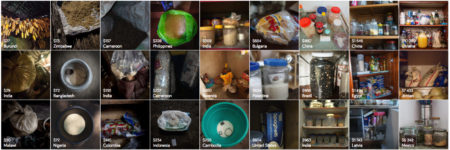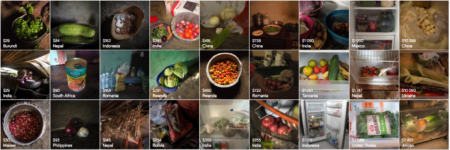People in other cultures are often portrayed as scary or exotic. This has to change. We want to show how people really live. It seemed natural to use photos as data so people can see for themselves what life looks like on different income levels.
That’s Anna Rosling Rönnlund of Gapminder on Dollar Street.
Dollar Street lets you visit many, many homes all over the world. Without travelling.
.@AnnaGapminder uses art and science to create an engaging portrait of how people live and help us make dollars and sense of a complicated world. pic.twitter.com/EeysLLpGjm
— Gates Foundation (@gatesfoundation) January 11, 2018
There are photos of everything from toilets to pets. The food items included are “grains”

“vegetables”

and “spices.”
We know from recent work from our friends at Bioversity and their partners that number of species consumed is a good proxy for the nutritional quality of diets across countries and seasons. I wonder if such photographic documentation can be used to estimate dietary richness, and thus quality?